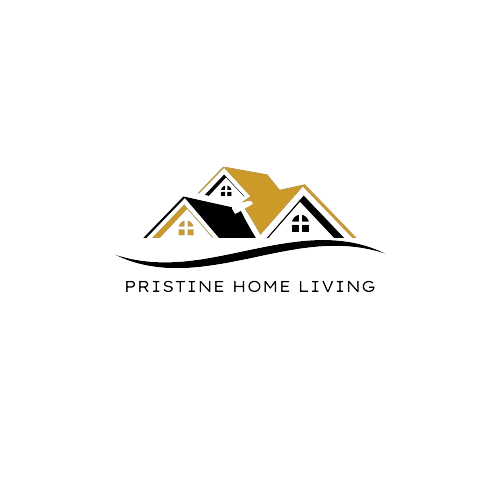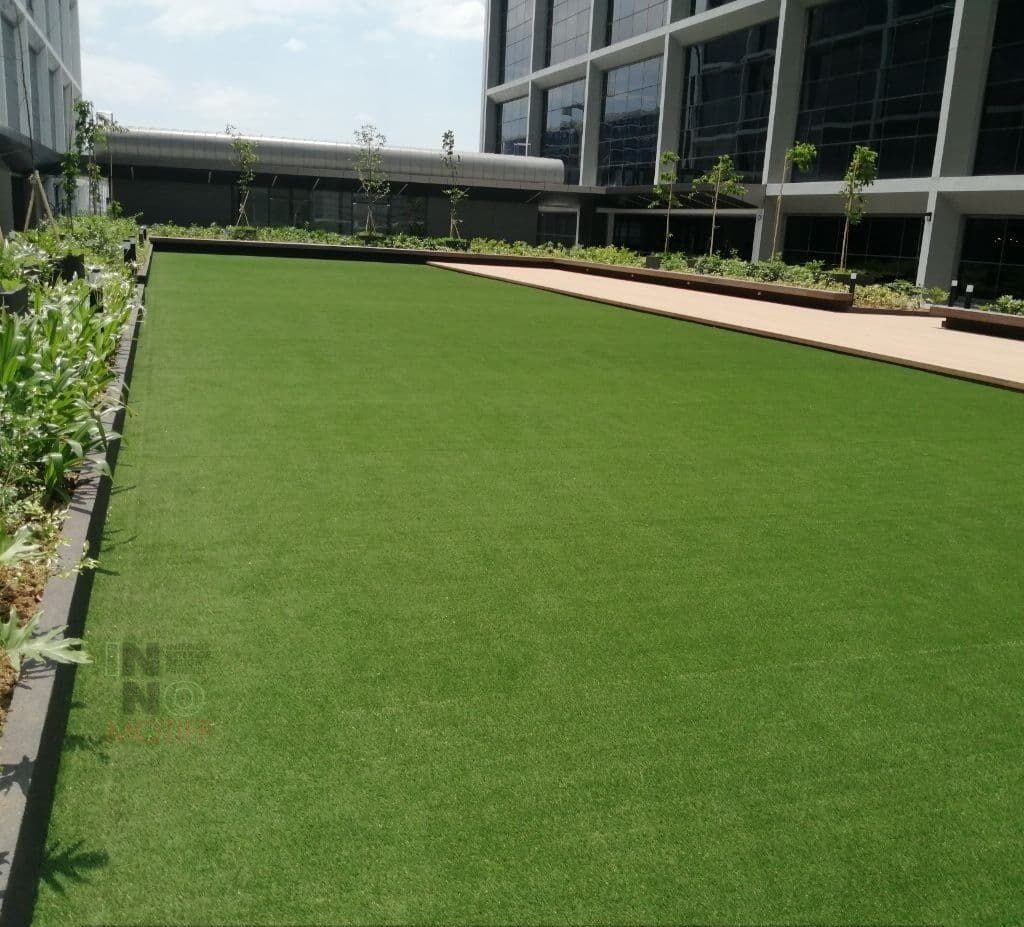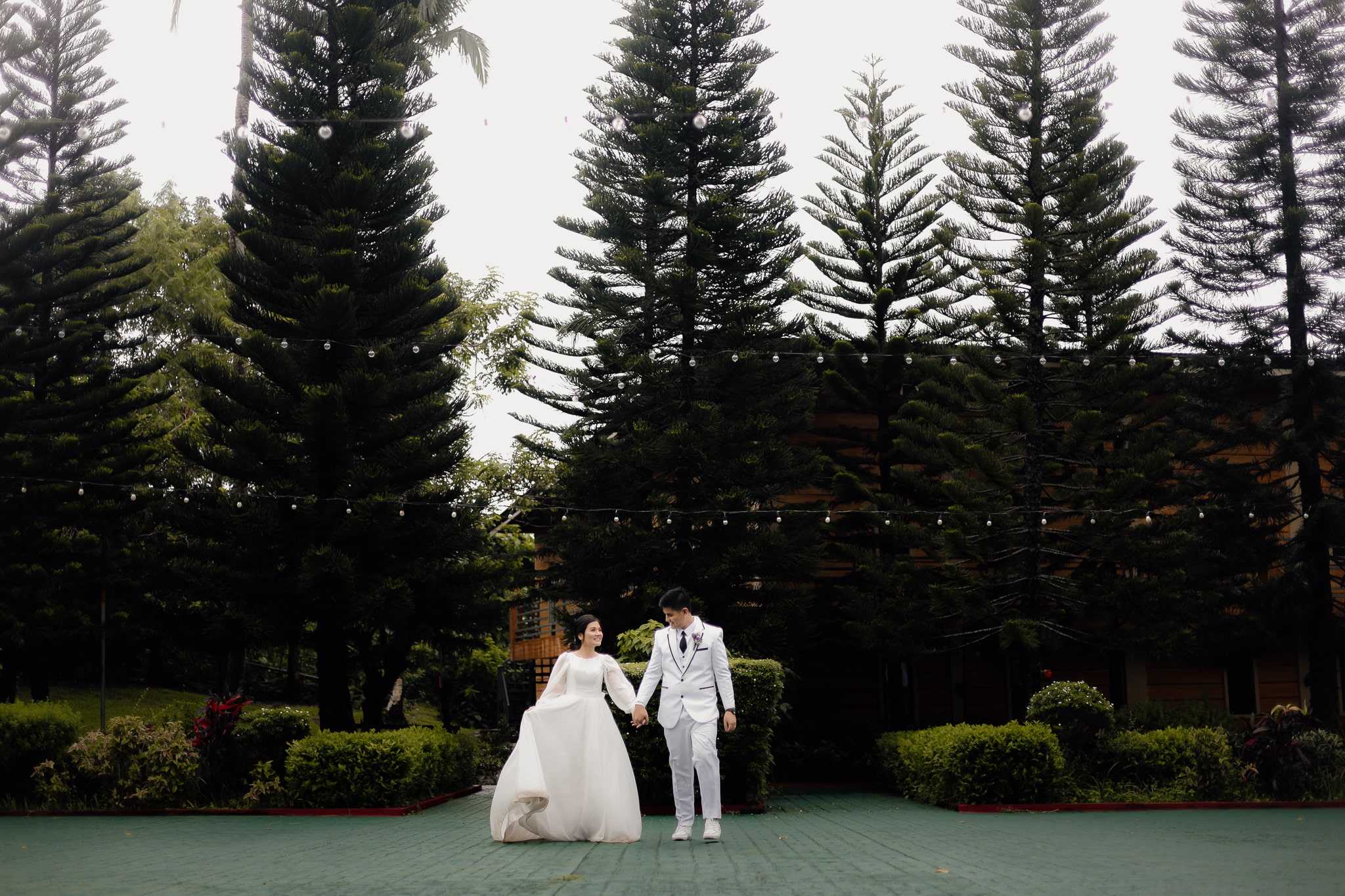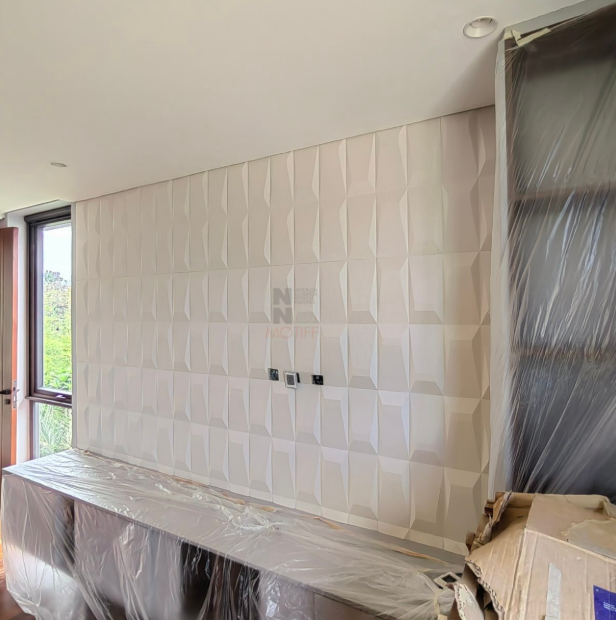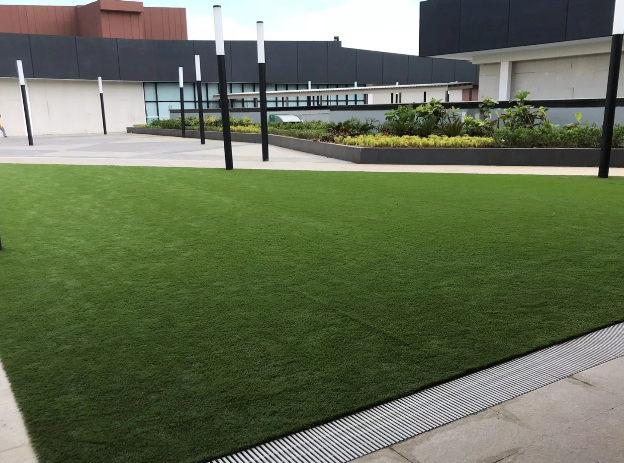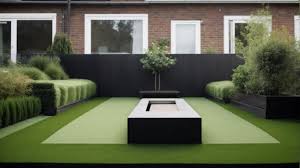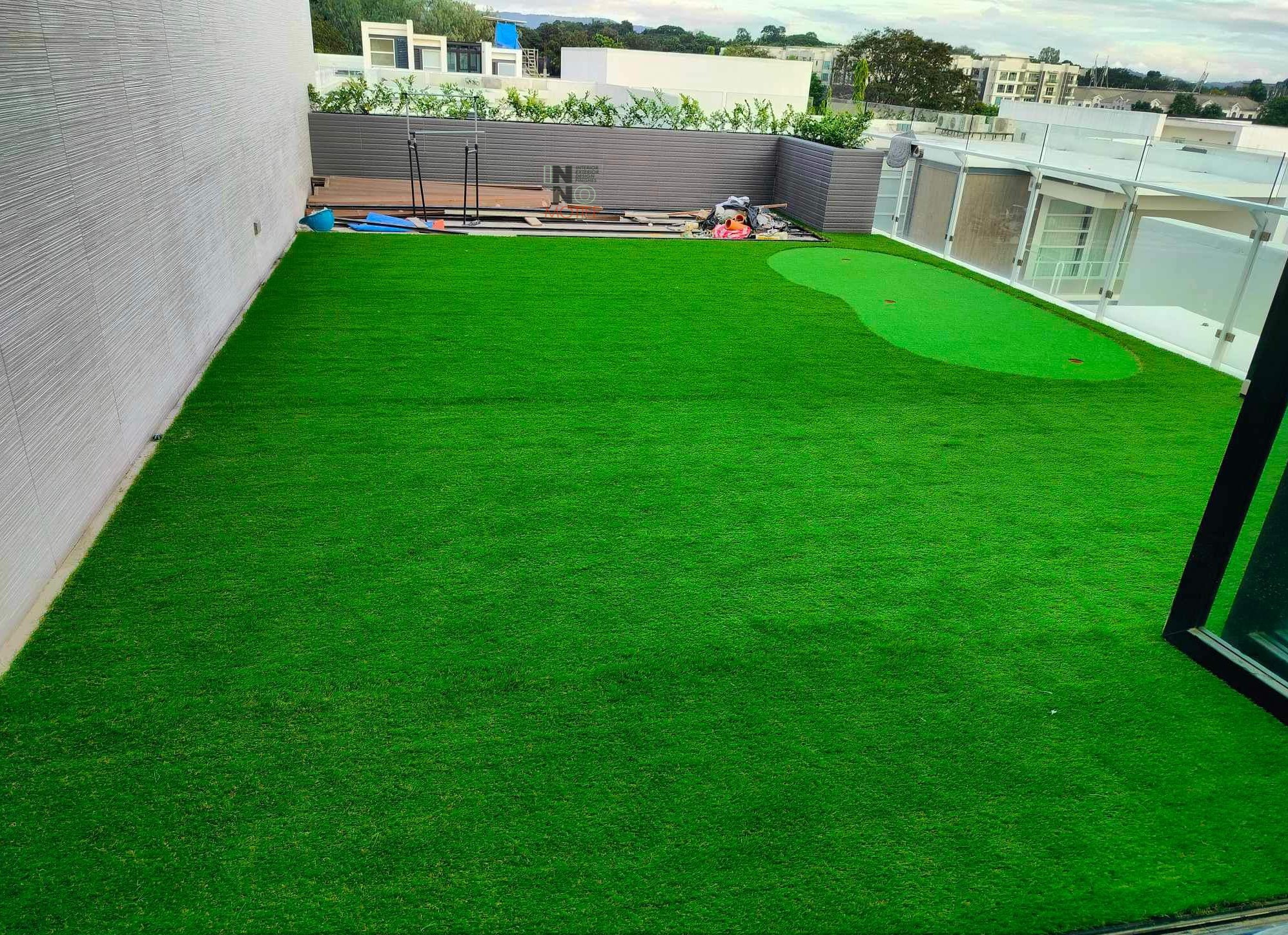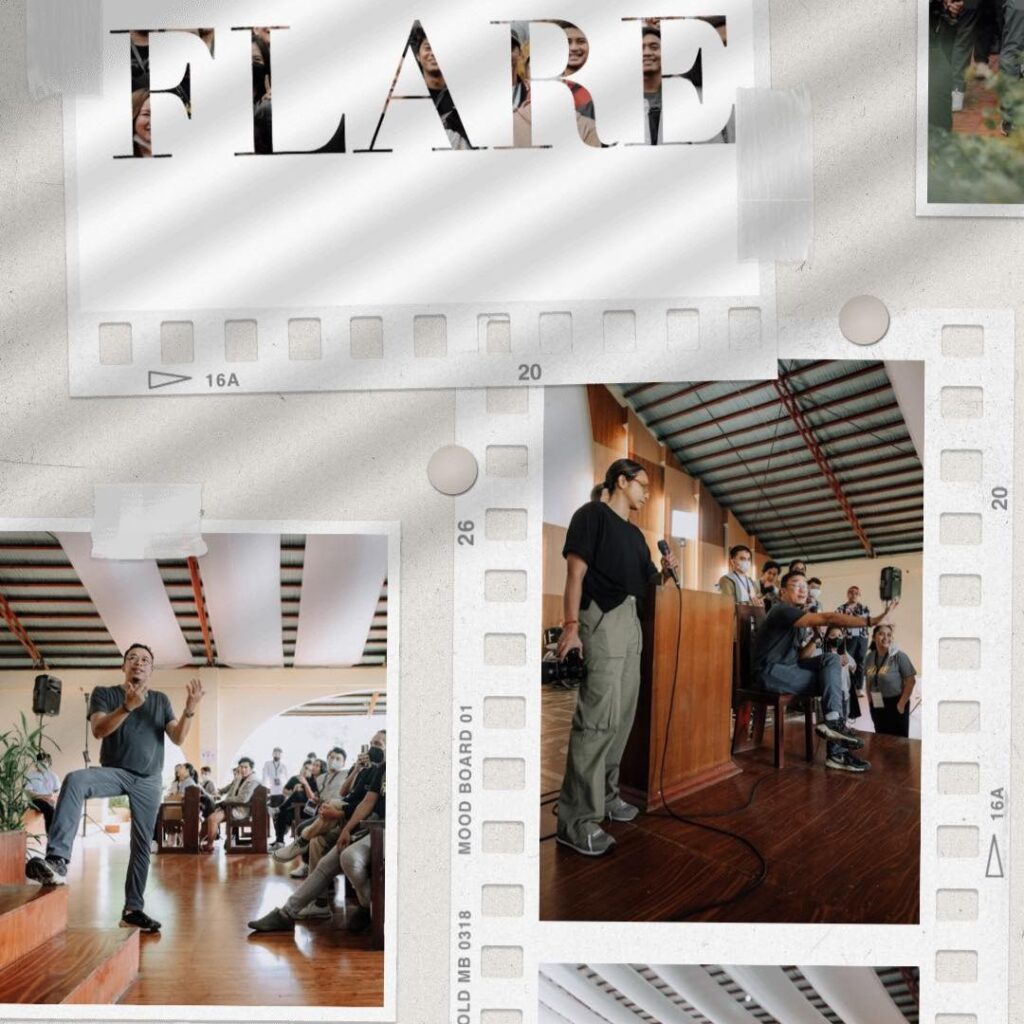Demand for high‑performance synthetic turf keeps climbing, and selecting the right artificial grass manufacturers has never been more critical. Quality producers use premium plastics and advanced fabrication methods to deliver lush, natural‑looking fibers that endure heavy use without fading. Whether you’re renovating a backyard, outfitting a commercial plaza, or accenting indoor areas, understanding how top suppliers operate will help you achieve the best results for aesthetics, longevity, and budget.
What Is Artificial Grass?
Artificial grass refers to man‑made fiber systems designed to mimic real lawns. Most products combine UV‑stabilized polyethylene or polypropylene blades tufted into a woven backing, often coated with latex or polyurethane for strength. Applications span residential yards, sports fields, rooftop gardens, retail showrooms, office interiors, and public plazas. Thanks to lifelike colors and textures, modern synthetic turf has become a versatile décor and landscaping solution.
How It’s Made: From Plastic Resin to Lifelike Turf
Raw Materials: Reputable artificial grass manufacturers typically start with virgin polymer resins, which ensure consistent color and durability. Some also incorporate recycled plastics, reducing environmental impact while meeting performance standards. Color pigments and UV inhibitors blend into the molten resin before extrusion, guaranteeing even shade retention over years of sun exposure.
Extrusion & Tufting: Extrusion machines push molten resin through fine nozzles to create continuous yarn strands. Producers adjust nozzle shape to form blade profiles—U‑shaped for softness, V‑shaped for stiffness, or flat‑woven for hybrid applications. After cooling, the yarn feeds into high‑speed tufting machines, where hundreds of needles punch strands through a primary backing, creating the foundational pile density.
Backing & Coating: Once tufting is complete, a secondary backing layer secures the yarn loops. Latex or polyurethane coats bond the fibers to the backing, enhancing tensile strength and preventing yarn pull‑out. Quality test labs evaluate peel strength, tear resistance, and dimensional stability at this stage, ensuring turf can withstand heavy foot traffic and equipment loads.
Finishing Processes: After coating, rolls advance to trimming stations where shearing blades level the pile to the specified height. Brushes restore upright blade orientation, and infill trials verify drainage performance. Each roll undergoes a final inspection for uniform color, pile consistency, and backing integrity before being packaged for shipment.
Key Benefits of Choosing Quality Manufacturers
Realistic Appearance & Color Retention: Leading producers invest in multi‑tonal yarns that replicate natural grass variations. UV inhibitors prevent rapid fading, and blade shapes catch light in different angles, creating depth and realism.
Durability & UV Resistance: High‑grade polyolefin resins combined with stabilizers deliver exceptional tear strength and wear resistance. Industrial‑grade backing materials and coatings ensure blades stay anchored, even under intense usage.
Low Maintenance & Long Lifespan: Properly installed synthetic turf eliminates mowing, watering, and fertilizing. Top products carry warranties of 10–15 years, with minimal upkeep consisting of occasional brushing and debris removal.
Eco‑friendly Options: Some manufacturers offer turf made with recycled content and recyclable backings. Water savings can exceed 55,000 gallons per acre annually compared to traditional lawns, reducing overall environmental footprint.
Top Selection Criteria for Picking a Manufacturer
Material Quality & Certifications: Seek ISO 9001 or CE‑certified producers. Verify compliance with REACH, RoHS, and fire‑retardant standards if required for indoor use.
Production Capacity & Lead Times: Large‑scale projects demand suppliers with extensive fabrication lines and regional warehouses. Confirm typical lead times—some high‑volume makers offer rush orders within two weeks.
Customization Capabilities: Not all projects suit off‑the‑shelf turf. Evaluate whether a manufacturer can adjust pile height, blade width, thatch ratio, and color blends to meet unique design goals.
Warranty & After‑sales Service: Long warranties often reflect confidence in product durability. Review coverage details—some include UV fade protection and workmanship guarantees. Also assess technical support and sample request processes.
Spotlight on Leading Manufacturers (2025)
Below are three standout producers renowned for innovation, quality control, and global distribution.
- GreenTurf Co. – Headquartered in The Netherlands, GreenTurf pioneered multi‑filament yarn designs. Their flagship line, “NatureMatch Pro,” offers pile heights from 20 mm to 45 mm with wave‑patterned blade tips for extra realism.
- Plastigrass International – With manufacturing hubs in China and Dubai, Plastigrass combines cost‑effective production with stringent inspection protocols. The “EcoWeave” series integrates 30% recycled polymer and boasts one of the fastest drainage rates on the market.
- SunShade Synthetic – Based in California, SunShade focuses on domestic supply for U.S. sports facilities and commercial developments. They excel at custom turf blends for high‑impact sports zones, balancing softness with resilience.
Installation & Maintenance Best Practices
Recommended Sub‑base Preparation: Excavate native soil to a depth that accommodates compacted crushed stone (4–6 inches) and a leveling layer (1–2 inches) of fine aggregate. Proper compaction ensures a stable, even surface that prevents settling over time.
Seam Sealing & Infill Options: Use UV‑resistant adhesive tape and two‑part polyurethane sealer for secure seam joins. Select infill materials based on application: silica sand for residential lawns, coated rubber granules for playgrounds, or organic walnut shells for an eco‑friendly option.
Cleaning, Brushing & Weed Control: Regularly remove leaves and debris with a leaf blower. Use a stiff‑bristle brush to lift fibers in high‑traffic zones. Apply non‑selective herbicide around turf edges to inhibit weed growth beneath the backing.
Cost Considerations & ROI Analysis
Upfront material costs for quality synthetic turf range from $4 to $12 per square foot, including basic installation. Labor—excavation, sub‑base installation, seaming, and infill—adds $3 to $6 per square foot. Compared to ongoing expenses for watering, fertilizing, mowing, and pest control, synthetic turf often pays for itself within 5–7 years. Long‑term savings on water can exceed $1,200 annually for an average suburban lawn.
Takeaway
Finding a reliable producer of synthetic turf comes down to assessing material integrity, manufacturing expertise, and post‑sale support. By understanding how top artificial grass manufacturers blend premium resins, UV‑stabilizers, and advanced tufting techniques, you gain confidence that your installation will resist fading, withstand heavy use, and require minimal upkeep. Evaluating certification credentials, customization options, and warranty terms helps you narrow the field to suppliers who match your project’s aesthetic goals and performance demands.
Long‑term, quality synthetic turf delivers substantial savings on water, lawn care, and labor while providing consistent greenery across seasons. To secure the best outcome, request samples from leading manufacturers, compare pile heights and blade profiles, and confirm delivery timelines. Taking these steps ensures your landscape, sports facility, or interior space will benefit from a durable, lifelike turf that enhances curb appeal and drives value for years to come.
